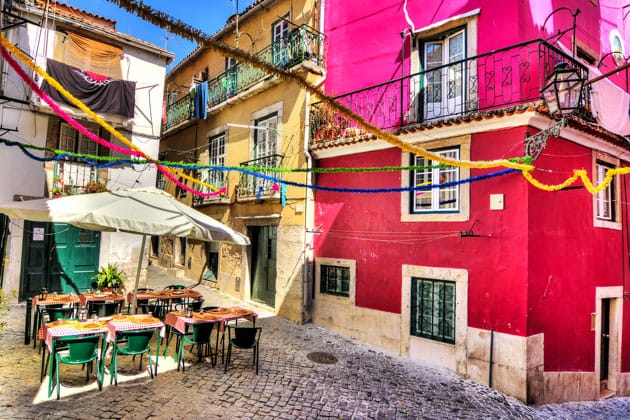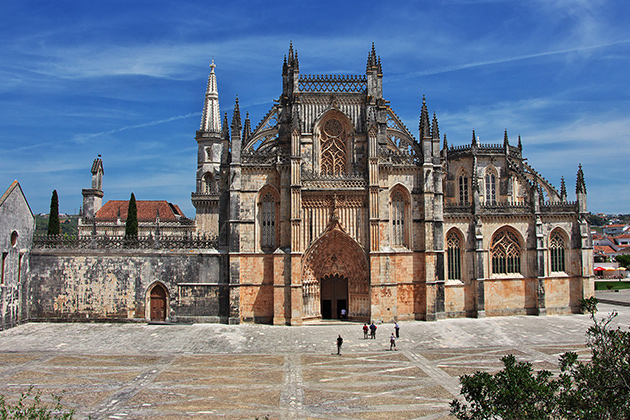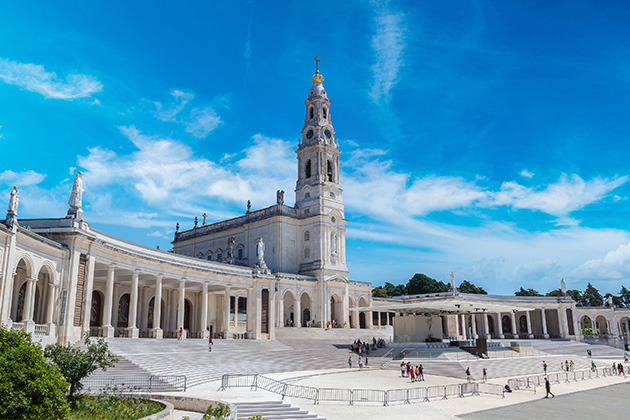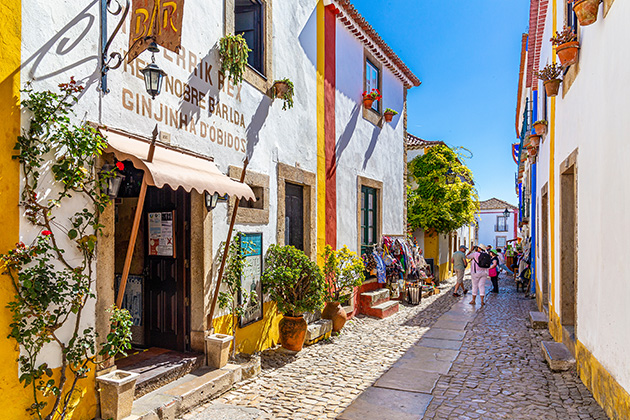
Over the past five years, more than 40,000 French people have moved to Portugal. And many of them are living in Lisbon. We want to help you to learn about the most beautiful corners of the city and marvel at the monuments you will find. It is our guide to the best-kept secrets of people living in Lisbon.
Enjoy the light and good weather
There is something about the light of Lisbon when compared to other cities. It is true that, on average, Lisbon has 290 days without rain per year. Additionally, downtown’s wide avenues (built by the Marquis of Pombal after the terrible earthquake which destroyed almost the entire city in 1755), make the light bend and light up all who travel there.
The wide sidewalks, made of cobblestone (jagged rocks of black and white limestone that form patterns and designs), and the terraces of Rossio, Terreiro do Paço and Avenida Liberdade almost ask you to let yourself bathe in this light. Take the chance to climb Alfama or the São Jorge Castle, where the light gets trapped in narrow alleys. Here you are closer to heaven. Take in the hustle and bustle of workers and tourists who walk by.
Lisbon
- Days without rain (per year): 290
- Maximum Average temperature: 15° (January) to 28° (July and August)
Source: NOAA and Pordata
Living in Lisbon next to the Tagus
Lisbon falls from the top of its seven hills onto the Tagus River. The largest river in the Iberian Peninsula runs from the Mar da Pallha, through Nations Park and up to Cascais.
Nations Park used to be an old industrial area but was converted in 1998 for the universal exhibition. Its unique urban concept takes advantage of the infrastructure created for the Expo, and made it a city within a city: the Altice Arena, with over 100 performances a year, and the Science Museum lie amongst dozens of companies and thousands of people who have made their offices and homes there.
Heading west lies Braço de Prata, Xabregas, Penha de França and Santa Apolonia station. Artists, bohemians and investors were drawn to these traditional neighborhoods and transformed them into cultural centers and innovation hubs.
A little further is Cais do Sodré and continuing onwards is Belém, Carcavelos, Estoril and Cascais. Stroll through Jeronimos Monastery, the Presidential Palace and the Museum of Art, Architecture and Technology or climb the sixteenth century fortress, Belém Tower, which defended the entrance and exit of the Tagus river.
Around Lisbon
When you get to Cascais, enjoy the blue flag beaches right at the city gates. Take a stroll through Estoril, a village which during the 2nd world war had the most spies per square meter.
Then go on to Sintra, a Unesco world heritage site and romanticism capital. The city was the muse of poets and novelists and Pena Palace, the Moorish Castle and the National Palace are all must-see monuments.
Living in Lisbon is living at night
In Portugal, the night ends late, so there are always things to do. Dinner starts being served at 7 pm. However, if you get to a restaurant at 11 pm they will greet you with a smile. Then drink a glass of port from the year you were born in the Solar do Vinho do Porto and go up to Bairro Alto to experience one of the most emblematic neighborhoods of the capital. Here, the focus is conversation and drinking on the street. Alternatively, in recent years, immense terraces have opened up with residents DJs to up the energy, where you can drink a gin or coffee over the breathtaking views of Lisbon. Do not forget to check out what’s happening at Campo Pequeno, the Colosseum, the Belém Cultural Center, São Jorge Cinema, the Gulbenkian Foundation and the D. Maria II, São Luiz, São Carlos and Tivoli theatres before deciding what to do.
Shhh (this secret stays between us) …
In truth, the best way to live in Lisbon is to get lost. Walk through the narrow criss-crossing streets of São Vicente de Fora, where the national pantheon is located. Try snacking in Campo de Ourique and walk up to Amoreiras, just in front of the French school. This was the Portuguese capital’s first shopping center and still retains an aura of exclusivity that is sought after by visitors.
Risk making small-talk with the market traders, especially in areas yet to be gentrified, such as São Domingos de Benfica, Arroios or Arco do Cego. All that’s left then are the seemingly uninteresting streets where you’ll find a genuine Lisbon that you won’t find in the guidebooks. Only people who live in Lisbon know.



